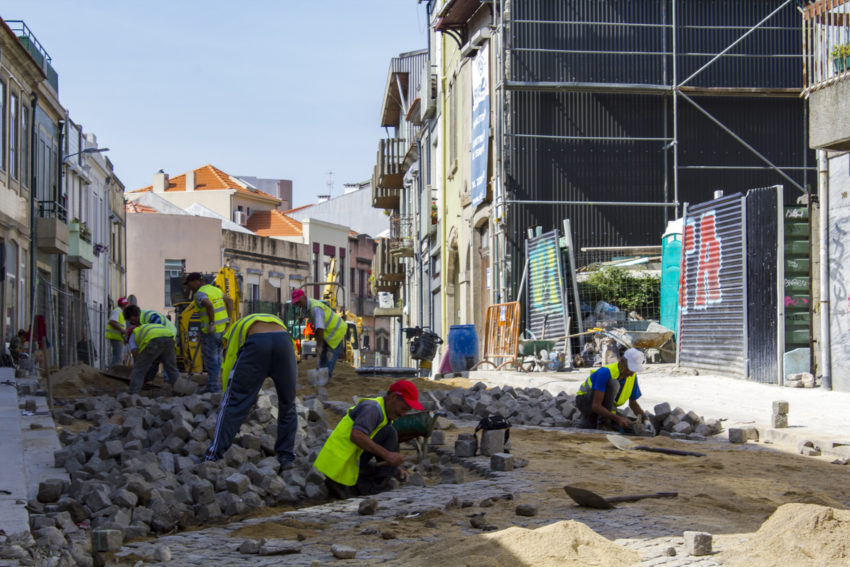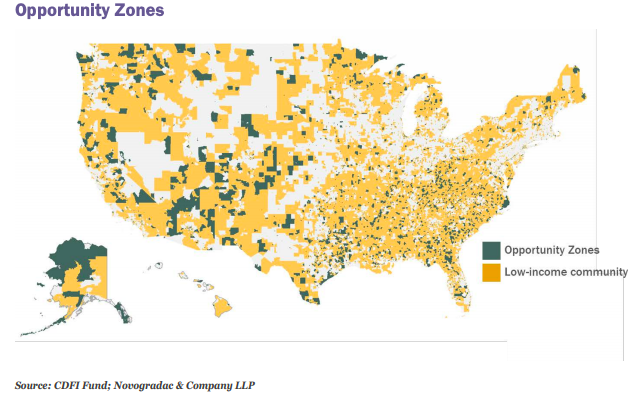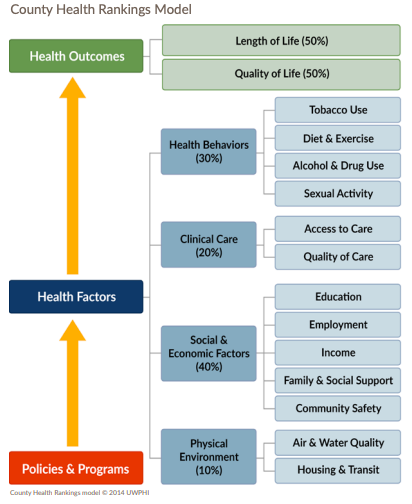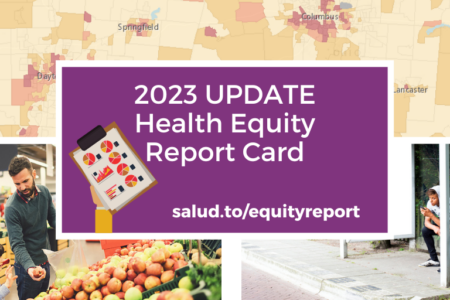
Share On Social!
Access to affordable housing, coupled with residential segregation continues to be problematic for communities across the U.S.
While this impacts many communities across the U.S., Latino, and African American communities are especially struck. Recent data goes to show that Latino neighborhoods face more significant risks of experiencing gentrification than other minority groups, according to the Harvard Gazette.
The good news is, new solutions are emerging through policy and plans aimed at promoting equity in housing for all. One way current political leaders are trying to do this is through “Opportunity Zone” incentives.
The problem? This kind of program can lead to the gentrification of racially segregated communities who face displacement when their home is revitalized.

What are Opportunity Zones?
In the most recent quarterly update from the Housing and Urban Development Office of Policy Development and Research (PD&R), the main focus of their discussion was the results of Opportunity Zones.
Opportunity Zones is an incentive program to bring investors to areas that lack capital strength and that otherwise would have only seen investments from non-profits or government agencies.
“The benefits include new businesses or existing businesses expanding within or into opportunity zones and real estate development or rehabilitation of vacant or abandoned properties. Opportunity zones investments will bring much-needed commercial and community goods and services to areas will develop or preserve affordable housing and will provide myriad other benefits to low-income communities,” according to Novogradac & Company.
Measuring Residential Segregation
It is prevalent for individual neighborhoods in the same city or county to be segregated by ethnicity. It is easy to see with tools such as the County Health Rankings.
“When neighborhoods are segregated, so too are schools, public services, jobs and other kinds of opportunities that affect health,” says Donald Schwarz of the Culture of Health Blog.
It is essential to realize that to break the cycle of segregation change needs to happen at the root of the problem.
When neighborhoods are isolated from each other—and other resources are put just out of arms reach—it will inevitably lead to other health problems. These can include factors such as a higher risk for chronic disease and developing mental health issues.
All too often the separation is in plain sight, and the average person can make a note of this, even at a young age. The problem is that they do not understand why this is happening. The average citizen does not have the means to change this situation, but when we start to spread the word, it is hard to ignore.
In some cases, it may be the low wages that are impacting where Latino’s live in the community. There are many health factors to take into consideration.
There are many ways to help blacks and Latinos, and it is just a matter of making this information available to them and giving them the right tools to succeed.
What Does Segregation Mean for Latino Health?
The word segregation has a strong negative connotation, and the reality is that discrimination is still alive. Here are some ways we can make segregation a distant memory.
Residential Segregation leads to the symbolic, but also the literal, separation of opportunities for health and well-being from blacks and Latinos.

“When it comes to predicting how long you will live, your ZIP Code is more important than your genetic code,” George Takei narrates in A Tale of Two Zip Codes, an animated short film by the California Endowment’s 10-year Building Healthy Communities initiative.
When whites and blacks or Latinos are segregated within the same county, the blacks and Latinos will be the ones suffering. Their health and well-being will be affected by their zip code.
How are Opportunity Zones and Residential Segregation connected?
While many tout the Opportunity Zones initiative as a way to revitalize communities, some experts disagree.
They say this is just another form of gentrification, according to the Insititute on Taxation and Economic Policy (ITEP).
“While proponents touted the program as a way to grow economies of struggling areas, there is reason to be more than a little skeptical that this growth will trickle down to low-income families. Instead, this program runs a high risk of displacing low-income people living in communities from which the government has historically and systemically disinvested,” writes Misha Hill and Lorena Roque on ITEP’s Just Taxes blog.
Latinos, who historically have fallen victim to gentrification-displacement, will face further dislocation if Opportunity Zones continue revitalization efforts that leave underserved groups behind.
Explore More:
HousingBy The Numbers
56.9
percent
of Latinos are "housing cost burdened"



